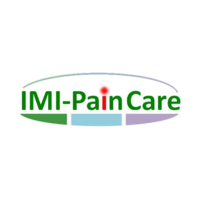Patients with a wide range of conditions may experience pain in the short or long term, and all too often, painkillers prove ineffective. Developing new analgesics is extremely challenging, and all too often, promising results in the lab do not translate into effective treatments for patients. The goal of IMI-PainCare is to develop a toolbox that will aid in the development of novel painkillers. The project comprises three sub-projects, which between them address all stages of drug development, from early-stage research to clinical practice.
PROMPT aims to develop patient-reported outcomes that will capture in a standardised way patients’ perceptions of their pain. This information will help to show during clinical trials whether or not a treatment is actually effective at alleviating pain, for example.
BioPain will draw on electrophysiological and imaging technologies to establish models of pain in healthy humans and rodents. This will contribute to the development of markers of pain that are relevant in both rodents and humans; this will increase researchers’ chances of translating findings in the lab into new treatments for patients.
TRiPP focuses on pelvic pain caused by endometriosis and interstitial cystitis / bladder pain syndrome. The team hopes to identify different subgroups of patients; information that will help to deliver more personalised treatments for these debilitating conditions.
The IMI-PainCare consortium plans to work with regulators to validate the tools developed.

